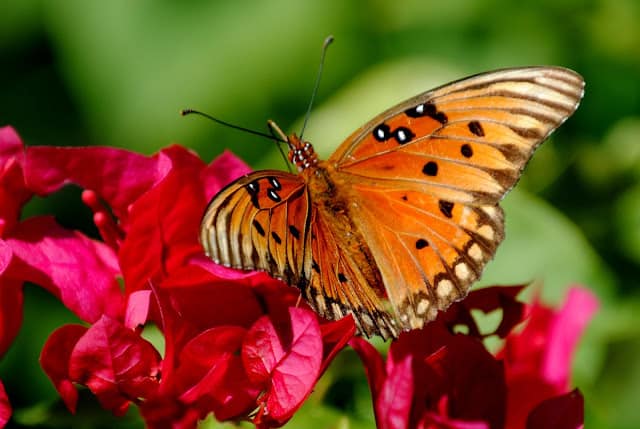Late summer and fall are great butterfly times here in Southwest Florida. Here are some species we have seen recently….mostly in our backyard butterfly garden.
Author: Steven Scott
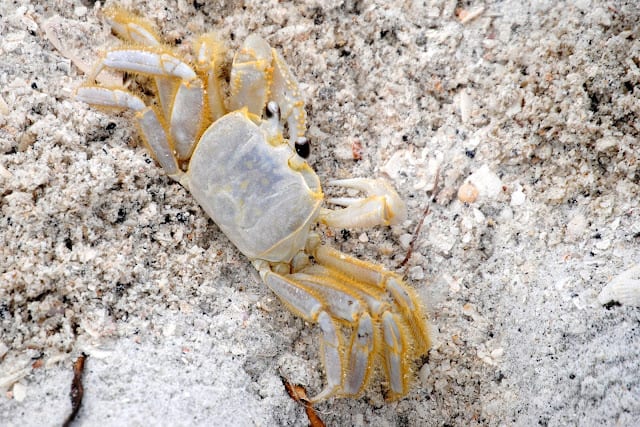
Ghost Crab on the Gulf Coast
The Ghost Crab (Ocypode quadrata) is a common, albeit seldom seen, resident of Florida’s Gulf Coast sandy beaches. With a pale colored body and generally nocturnal habits, this crab often goes unnoticed as it digs it’s burrow in soft sand. It’s family name, Ocypode, means fast feet! And they are…as they scuttle sideways.If you see […]
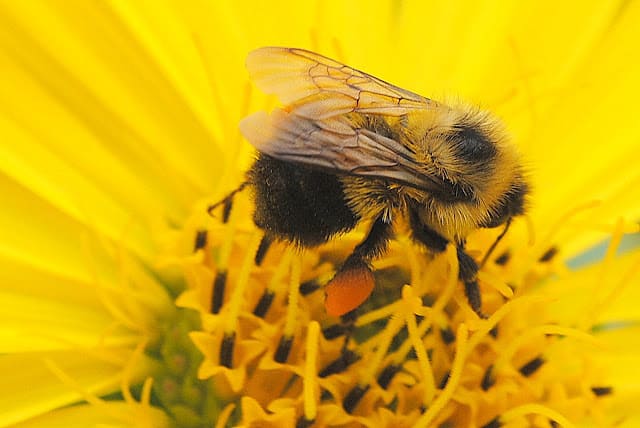
Common Eastern Bumble Bee (Bombus impatiens)
Common Eastern Bumble Bee (Bombus impatiens) on sunflower.”There are two groups of social bees in North America: the bumblebees and the honeybees. A colony of bumblebees (Bombus), except in a few tropical species, does not live through the winter…
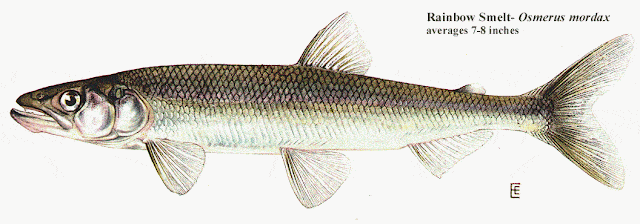
Rainbow Smelt preservation in Downeast Maine
The Rainbow Smelt (Osmerus mordax) is a small (6-8 inch) anadromous fish found in rivers and coastal areas of Eastern North America from Labrador south to coastal Maine. In 2004 the U.S. Government declared the Rainbow Smelt to be a species of special concern as both their historical range and populations have been greatly reduced….most […]
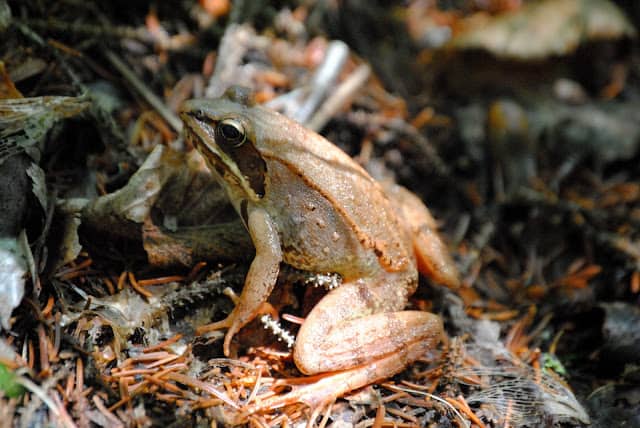
Wood Frog, Boreal Forest vernal pool reptile
Wood Frog (Rana sylvaticus) lives in small vernal pools in Maine’s north woods. They are the first to breed in the spring…as their homes often dry up in summer and then they can only be found under logs and dead leaves. Wood Frog link Sometimes no more than a “puddle” in the forest, vernal pool […]

North American Porcupine
The North American Porcupine (Erithizon dorsatum) is the third largest rodent in the world, with only the Beaver and Capibara being larger. Common in Alaska, Canada and the coniferous forests of the Northern United States, they are rather slow and docile….but with a very effective defense against predators. They are covered with sharp, hollow quills, […]
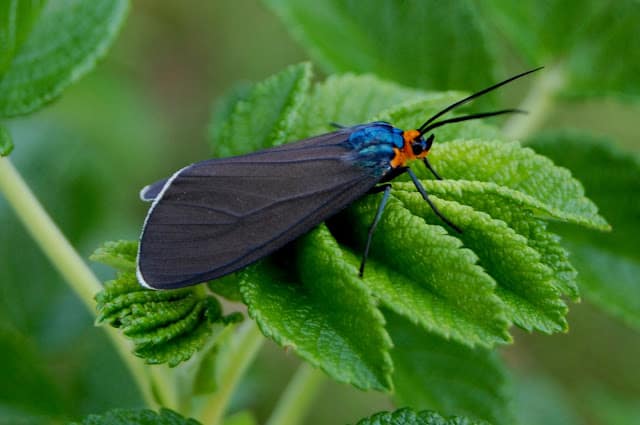
Virginia Ctenuchid, Diurnal Moth.
The Virginia Ctenuchid (Ctenucha virginica) is a diurnal moth, a vigorous pollinator, and a welcome visitor to wild and cultivated flowers.Often mistaken for a butterfly, this member of theArctiidae family is active both day and night. With a wingspan of 2 inches, an iridescent blue body and wing color varying from black to smoky brown. […]
